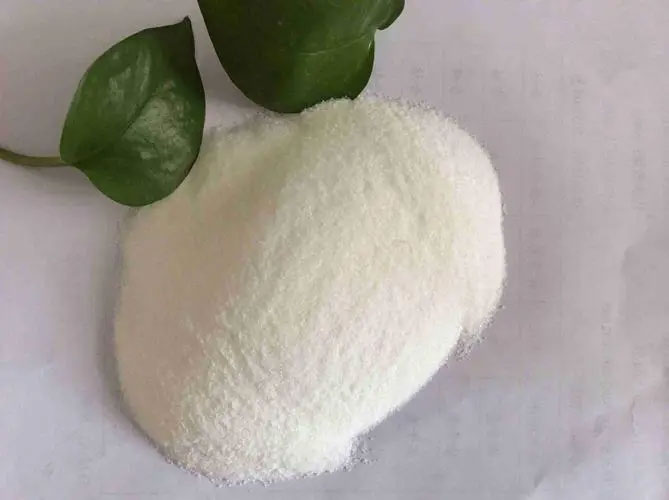
Nonionic polyacrylamide is a kind of important polymer compound with no charge in the molecule, so it has a wide range of applications in water treatment, sedimentation, dehydration and other fields.
Non-ionic polyacrylamide is often used as a flocculant and settler in water treatment, which can effectively promote the rapid combination of small particles suspended in water into larger particles, so as to facilitate subsequent separation and filtration. In sewage treatment plants, NPAM is able to gather suspended matter and impurities in sewage into larger clumps, increasing the sedimentation rate, thereby reducing treatment time and cost. In addition, non-ionic polyacrylamide can also be applied to industrial wastewater treatment, sludge dewatering and other fields to improve treatment efficiency and productivity.
Since non-ionic polyacrylamide has no charge in its molecular structure, it is more suitable than charged polyacrylamide in some special cases. For example, in the process of treating seawater desalination, charged polymers are often easily neutralized by salt ions and lose their flocculation and sedimentation ability, while non-ionic polyacrylamide can work more stably.
However, the application of non-ionic polyacrylamide also requires attention to its dose control and environmental impact. Excessive use may lead to excessive flocculation, affect the subsequent separation process, and even cause pollution to the water environment. Therefore, NPAM needs to be dosed in strict accordance with the recommended dosage when using. In addition, since polymers decompose more slowly in the natural environment, residual non-ionic polyacrylamide in untreated wastewater may also have a potential impact on ecosystems.
In summary, non-ionic polyacrylamide, as a non-charged polymer compound, plays an important role in the fields of water treatment, sedimentation and dehydration. Rational use and attention to its environmental impact will help achieve sustainable water management and wastewater treatment.